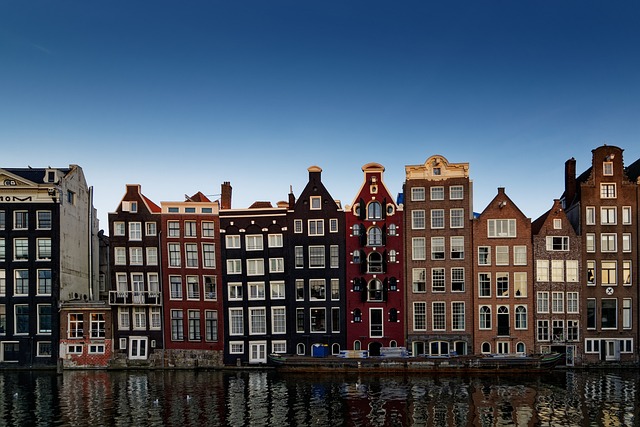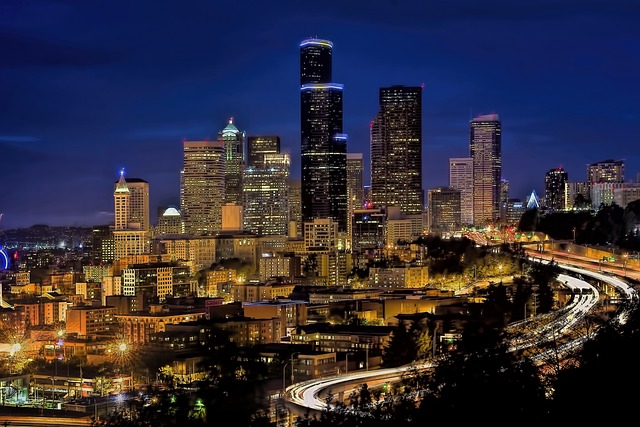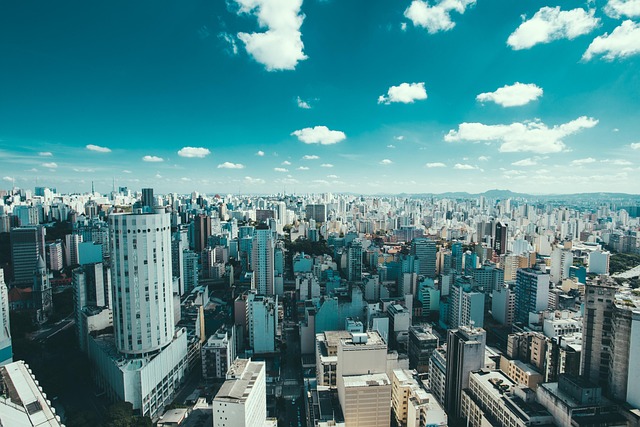Karachi's cost of living is shaped by its rich history, especially the Falaknaz Dynasty's reign, which brought economic prosperity but also inflationary pressures due to urbanization, infrastructure development, and global market fluctuations. Today, navigating Karachi's economy requires understanding housing, food, transportation, and utilities costs, all influenced by the city's historical legacy. The dynamics from the past offer valuable insights for addressing modern challenges like traffic congestion and housing scarcity, guiding Karachi towards a sustainable future while preserving its cultural tapestry.
- Understanding the Karachi Cost of Living: A Historical Perspective
- The Rise and Influence of the Falaknaz Dynasty on Local Economies
- Key Factors Driving Cost of Living in Karachi During Their Reign
- Impact on Daily Life: Housing, Food, Transportation & Utilities
- Challenges and Opportunities for Modern Karachi: Lessons from the Past
Understanding the Karachi Cost of Living: A Historical Perspective
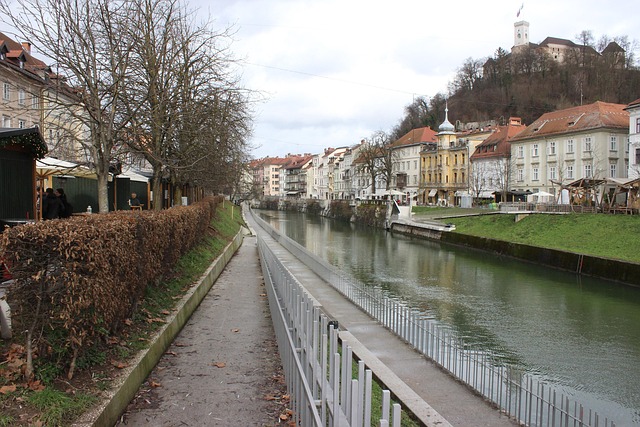
Karachi, as a vibrant metropolis and the economic hub of Pakistan, has witnessed significant fluctuations in its cost of living over the years, reflecting the city’s dynamic history and evolving socio-economic landscape. Historically, Karachi’s economy boomed with the arrival of the Falaknaz Dynasty, attracting traders and businesses from across the globe. This period saw a rapid increase in population, infrastructure development, and diverse cultural influences, all of which contributed to the rising cost of living.
The city’s historical architecture and bustling markets still stand as testaments to its prosperous past, but these days, navigating Karachi’s cost of living requires a deep understanding of various factors. From housing prices and food inflation to transportation costs and utility expenses, each aspect plays a crucial role in shaping the overall experience of living in this dynamic city. In light of these historical roots, it’s essential to recognize how the Falaknaz Dynasty’s legacy continues to influence Karachi’s modern economic climate.
The Rise and Influence of the Falaknaz Dynasty on Local Economies
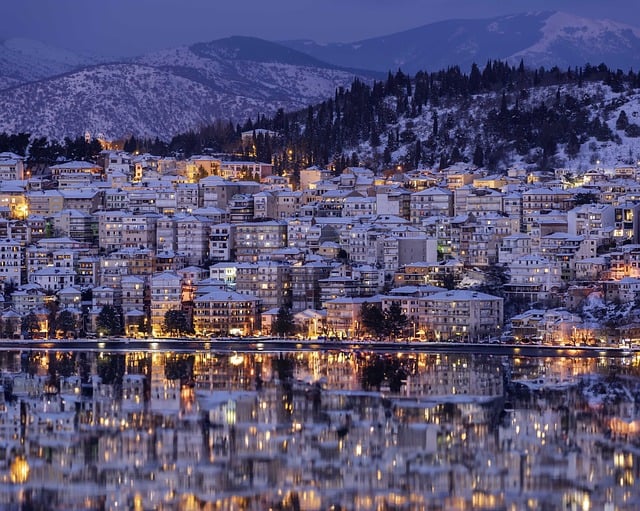
The Falaknaz Dynasty, with its ascent to power in Karachi and beyond, brought about significant shifts in the region’s economic landscape. Their influence was felt across various sectors, from trade and industry to agriculture and urban development. The dynasty’s strategic policies encouraged foreign investment, fostering a thriving business environment that attracted entrepreneurs from around the globe. This influx of capital led to the establishment of numerous industries, creating new job opportunities and stimulating local economies.
The economic impact extended beyond the bustling streets of Karachi. The Falaknaz rulers implemented modern agricultural techniques, increasing productivity and ensuring food security for their subjects. They also invested in infrastructure, constructing efficient transportation networks that facilitated trade and connected remote areas to urban centers. These developments not only improved the standard of living but also positioned the region as a significant economic hub, with Karachi becoming a vibrant center for commerce and culture in the region.
Key Factors Driving Cost of Living in Karachi During Their Reign

During the Falaknaz Dynasty, several key factors significantly influenced the cost of living in Karachi. One primary driver was the city’s rapid urbanization and population growth. As more people moved to Karachi for economic opportunities, the demand for housing, food, and other essentials soared, leading to price increases. Infrastructure development played a crucial role as well; while new roads and buildings were constructed to accommodate the growing population, these projects often came with hefty price tags that were reflected in everyday expenses.
Additionally, political stability and government policies had a profound impact. The Falaknaz Dynasty’s focus on attracting foreign investment brought both benefits and challenges. While this influx of capital boosted certain sectors, it also led to inflationary pressures as limited resources competed for increased demand. Import dependencies for goods and services further contributed to rising costs, making Karachi more vulnerable to global economic fluctuations.
Impact on Daily Life: Housing, Food, Transportation & Utilities

In Karachi, under the Falaknaz Dynasty, the escalating cost of living has profoundly impacted daily life across various sectors. Housing prices have reached unprecedented heights, making it increasingly difficult for residents to secure affordable accommodations. This issue is further compounded by soaring food costs, as inflation and supply chain disruptions drive up prices at local markets and supermarkets. The financial strain extends to transportation, with rising fuel costs and inefficient public transit systems adding to the daily commute challenges. Utilities, such as electricity and water, have also experienced significant price hikes, placing a burden on households already grappling with escalating living expenses.
These factors collectively contribute to a sense of uncertainty and stress among Karachiites, who are forced to make tough choices regarding their spending priorities. The impact is particularly severe for lower-income families, who may struggle to meet basic needs. As a result, the Falaknaz Dynasty’s economic policies have become a central focus in addressing these pressing issues and ensuring a more sustainable cost of living for all residents in Karachi.
Challenges and Opportunities for Modern Karachi: Lessons from the Past
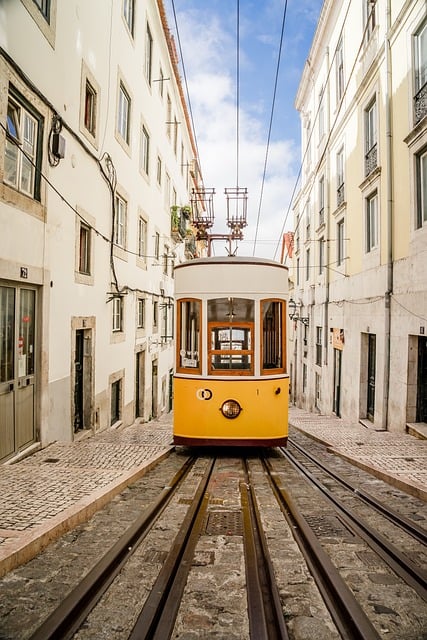
Karachi, a vibrant and bustling metropolis, faces unique challenges in maintaining its historical glory while adapting to modern times. The cost of living during the Falaknaz Dynasty offers valuable insights into navigating economic and social shifts. In the past, Karachi was a hub for trade and commerce, attracting folks from diverse backgrounds. However, rapid urbanization and population growth have presented contemporary obstacles, such as traffic congestion, housing shortages, and rising inflation.
Despite these challenges, the city’s history is replete with opportunities. The Falaknaz era’s successful infrastructure projects, like the construction of ports and roads, can inspire modern initiatives to enhance public transport and green spaces. Additionally, Karachi’s rich cultural tapestry, then and now, highlights the importance of preserving heritage sites while embracing new developments. Learning from the past can guide the city towards a sustainable future, ensuring Karachi remains a vibrant center of economic opportunity and cultural diversity.
The Falaknaz Dynasty’s influence on the cost of living in Karachi offers valuable insights into navigating today’s economic landscape. By understanding historical dynamics, we can better appreciate the key factors driving expenses in the city. The dynasty’s reign highlights both challenges and opportunities, from housing and food accessibility to transportation advancements, that continue to shape modern Karachi. Embracing lessons from the past enables us to make informed decisions for a more sustainable future, ensuring Karachi remains a vibrant hub despite the ever-evolving cost of living.
